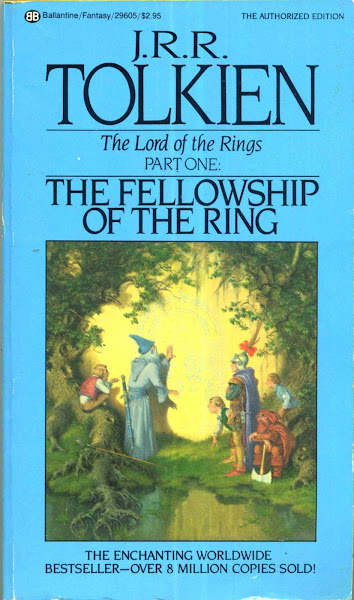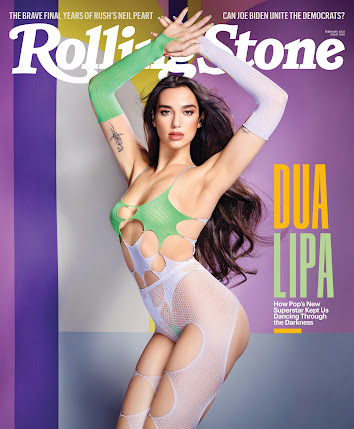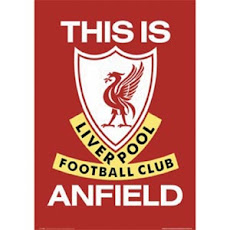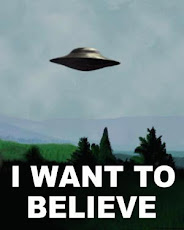There are just some stories that stick with you. A god friend of mine calls me the “scrapbooky” type. Meaning I save things whether books, magazines, or mementoes over the years. Well, that’s true. I’ve saved hand-me-down stuff such as those original issues of Time and Life magazines about the assassination of JFK. I have those original issues of the X-Men during the days of Stan Lee and Jack Kirby (but for me what was prominent were those Neal Adams issues). I have old school notebooks and textbooks. I even have that old Playboy issue (that came out when I was in Grade 6) that had Farrah Fawcett on the cover and the Dallas Cowboy Cheerleaders in a pictorial inside. There's lots more even.
I also have an old issue of Sports Illustrated that featured basketball in the former country of Yugoslavia. That’s SI and you know how they are American-centric in terms of their stories. I am not saying that’s bad but that feature on Balkan hoops really stood out. And I will never forget that picture of a player trying to throw out a flare that was tossed on to the floor. “Like Audie Murphy” described the writer. Wow. Imagine that picture.
I also followed Georgi Glouchkov, the Bulgarian who was the first European to play in the NBA (he suited up for the Phoenix Suns), and later Zarko Paspalj who was with the San Antonio Spurs.
But it took the entry of Vlade Divac and Drazen Petrovic to really excite me. Well, I already was because there were the up and coming Chicago Bulls, Magic Johnson and Larry Bird were still around...
Vlade. He was an instant hit in Los Angeles and he actually made me watch Laker games. You see, I am an Eastern Conference basketball fan with a disdain for the run and gun West. And the Yugo was superb! Big men who would post up and pass were a dime a dozen. But centers who ran the floor and handled the ball like a point guard? The Yugoslavian player was something else.
Vlade. He was an instant hit in Los Angeles and he actually made me watch Laker games. You see, I am an Eastern Conference basketball fan with a disdain for the run and gun West. And the Yugo was superb! Big men who would post up and pass were a dime a dozen. But centers who ran the floor and handled the ball like a point guard? The Yugoslavian player was something else.
This was the pre-internet age and info especially in this country was pretty hard to come by. I relied on local writers like Quinito Henson and Henry Liao for news. But every now and then when I’d travel abroad or even save up some money to buy magazines that were well beyond a schoolboy’s allowance, I’d have first hand access to NBA and European sports stories.
There was that one story in GQ Magazine about Toni Kukoc being Europe’s best basketball player (this was before he joined Chicago) and my interest was piqued. I was overjoyed when he joined the Bulls. To this day, perhaps more than any other NBA jersey that I have (and as much as I am a Scottie Pippen fan), my all time fave NBA jerseys are Kukoc’s #7 and Andres Nocioni’s #5. And shocking as this may sound – considering my dislike for the San Antonio Spurs – Manu Ginobili’s #20. The Kukoc and Ginobili jerseys are authentic meaning their real game jerseys (not replicas) that cost a couple of hundred dollars. However the one jersey that I wanted to have but do not was the one with “Jugoslavija” in front. With this nostalgic moment, I’ll rectify that by purchasing it.
I became a fan of that Yugoslavian team with Divac, Petro, Toni, Dino Radja, Sasha Danilovic, Stojko Vrankovic, Zarko, Arijan Komazec, and Aleksandar Djordevic to name a few. They were European Hoosiers and were the European equivalent of Showtime. They had Toni who was called “the Waiter” because he served his teammates some easy baskets (but I preferred his other nom de guerre “the Pink Panther”), Komzaec, and Divac who could pass the ball some.
Around the same time that this Golden Generation of Balkan hoopsters were making a name for themselves, there were things stirring in Eastern Europe. I kept close tabs on the fall of communism in the USSR. That meant that the Eastern European countries would follow suit. And boy did it hit Yugoslavia hard.
The frayed friendship between Vlade and Drazen, Toni, and Dino were played out on television screens (mostly Far East Network) and again in Sports Illustrated. I couldn’t believe it when the Croatian team walked out on Serbia in the Euros. Then when Vlade was with Charlotte (after being traded for Kobe Bryant), in one playoff series with the Bull, he threw a sharp elbow at Kukoc that missed. Had it connected who knows? Maybe they would have taken out some Kalashnikovs since the civil war in their country was raging at that time. And again there was a story in Sports Illustrated that featured the two (it was the one issue that I was not able to buy) with Michael Jordan on the cover. "Chicago Fire" read the magazine's cover headline. You have no idea.
Vlade later became a vital cog with the Sacramento Kings where he was teamed up with Jason Williams, Doug Christie, Chris Webber, and Peja Stojakovic. They had Hedo Turkoglu and Bobby Jackson. They were “the Greatest Show on Earth.”
Before that happened, Drazen Petrovic became a star with the New Jersey Nets and was well on his way up as a huge star but was killed in a tragic car accident in Germany. His death cast a pall on Croatia (their basketball team has not achieved the heights scaled in those early days of independence), the Nets, and myself.
Even then, I was aware of the burden carried by Divac about the frayed friendship with Drazen and how it would never be re-made.
I’ve interviewed hundreds and hundreds of athletes who I only once watched on television or read in newspapers and magazines but one of my biggest thrills was meeting Vlade Divac two years ago when he came to Manila as a part of that first wave of legends for the NBA Asia Challenge. We spoke for 15 minutes and later had a chance to chat again. While I asked about his NBA career I had more questions about Yugoslavia, Serbia as well as Drazen and his former teammates. Vlade appreciated it and I thought gave some really incisive answers that I have never really written about.
When I saw the “Once Brothers” feature on ESPN’s 30 on 30, I was so moved by seeing the story told in full and in far greater detail instead of the patchwork pieces that I read and watched through the years. The images are powerful and the words that sear through Divac’s heart and two nations also pierced mine. The part where he goes to Zagreb for the first time since helping the former Yugoslavia win an international title, are painfully revealing as to how Croatians regard him. The scene at Petrovic’s tomb is moving. Not too many words but it says a lot. I’ve seen a lot of sports documentaries but “Once Brothers” is right there at the top.
---------
This is the Sports Illustrated article of 1997 that told of the frayed team. But there is an older one that dates back to the late 1980s. Am still rummaging my old closets for that issue.
---------
This is the Sports Illustrated article of 1997 that told of the frayed team. But there is an older one that dates back to the late 1980s. Am still rummaging my old closets for that issue.









No comments:
Post a Comment